DePIN: The New Decentralized Economy
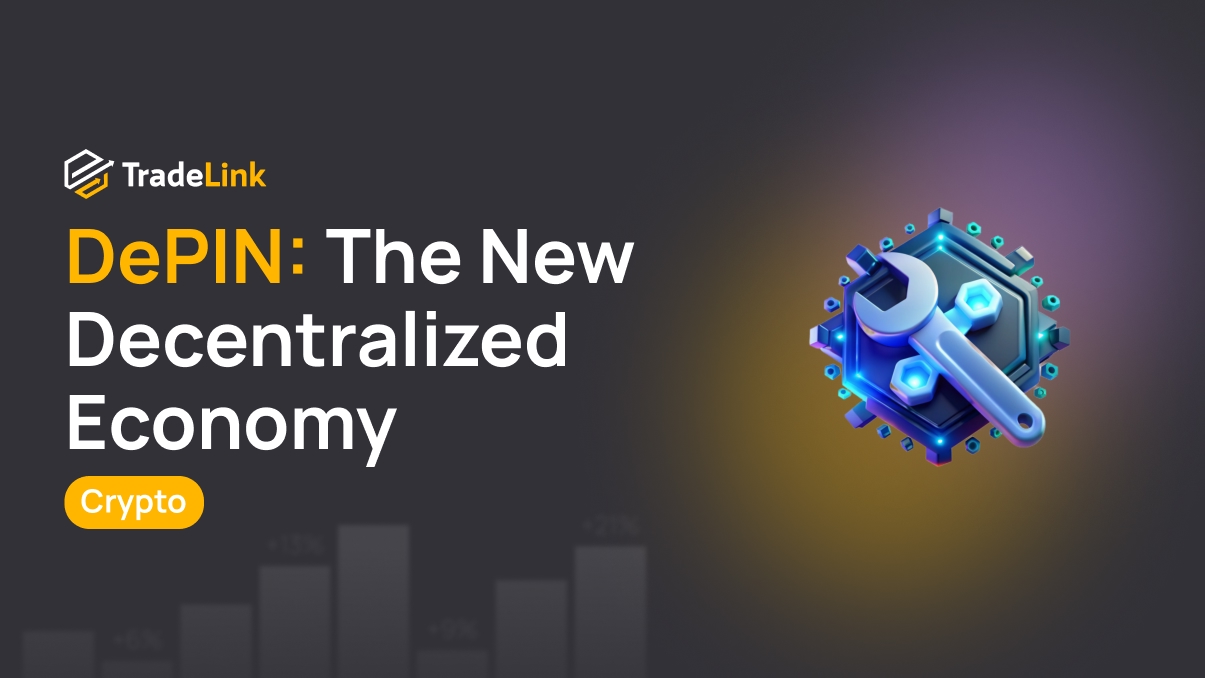
Contents
- Introduction
- What is DePIN
- How DePIN creates new financial opportunities
- How traders can profit from DePIN
- Risks and limitations
- Prospects and the future of DePIN
- Conclusion
Introduction
A brief explanation of the DePIN (Decentralized Physical Infrastructure Networks) concept
DePIN is a model in which ordinary users become part of the infrastructure. They connect devices to the network, share resources, and receive rewards. All processes run on the blockchain without centralized control.
Why DePIN is becoming a trend in the blockchain industry
Previously, infrastructure was built by large organisations. They set the rules, took the profits, and restricted access for others. DePIN does the opposite. It allows everyone to participate and earn. This is a fair and transparent model. It demonstrates how blockchain can function in the real world, so its interest grows monthly.
How can it affect traders and investment opportunities
DePIN projects issue tokens. These tokens appear on exchanges. Their price can rise quickly if a project becomes popular. Traders can profit from this growth. Additionally, some projects reward participants with tokens, for example, for installing equipment or transmitting data. This offers another way to earn income.
What is DePIN
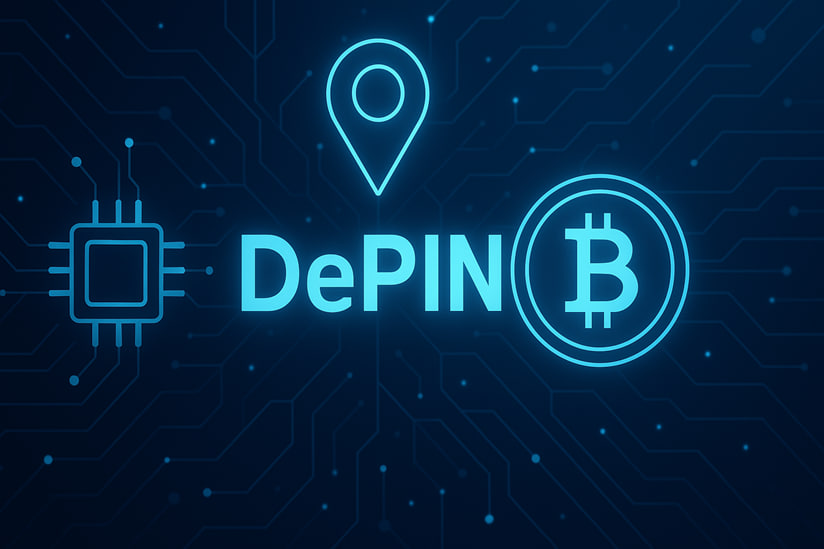
Definition and key operating principles
DePIN is a network where people build the physical part of the infrastructure. They install devices, connect them to the network, and receive rewards. Everything is managed through blockchain. Transparency and automated rules are the foundation of the system. No one can change the conditions in their favour.
Difference from traditional infrastructure
In a traditional model, one company controls the network. It decides who can connect, how much it costs, and how the system works. In DePIN, things are different. The rules are created in advance and operate autonomously. No one has complete control over the network. All participants are equal. This reduces risks and allows freedom for development.
Examples of existing DePIN projects
-
Helium is a project building a decentralized network for sensors, trackers, and meters. Instead of using traditional internet from major providers, Helium offers a network created by everyday users.
You must buy and install a small hotspot device at home to participate. This hotspot transmits signals from nearby devices and helps them connect to the Internet. To support the network, the project pays you using HNT tokens. The more active your equipment and the fewer nearby hotspots, the higher your reward.
Helium is especially useful in smart cities, where it’s important to transmit data from numerous small devices, like water meters or GPS trackers.
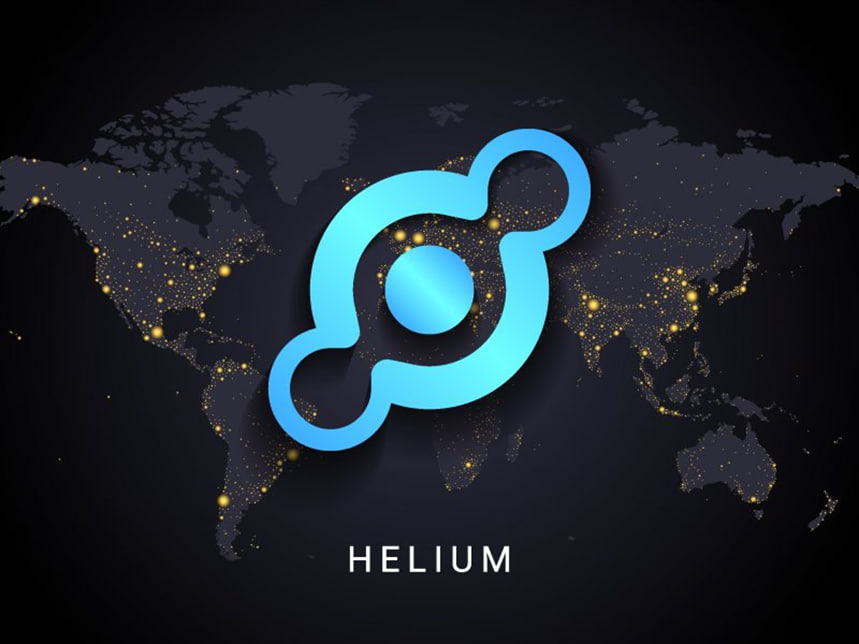
-
Filecoin is a decentralized data storage system. Users can lease out free space on their hard drive and receive payment in FIL tokens. People and companies who need file storage pay to place their data in this network. The information is distributed across many computers worldwide, reducing the risk of data loss and eliminating reliance on a centralized company.
Filecoin operates on blockchain, where all transactions and storage terms are recorded in smart contracts.
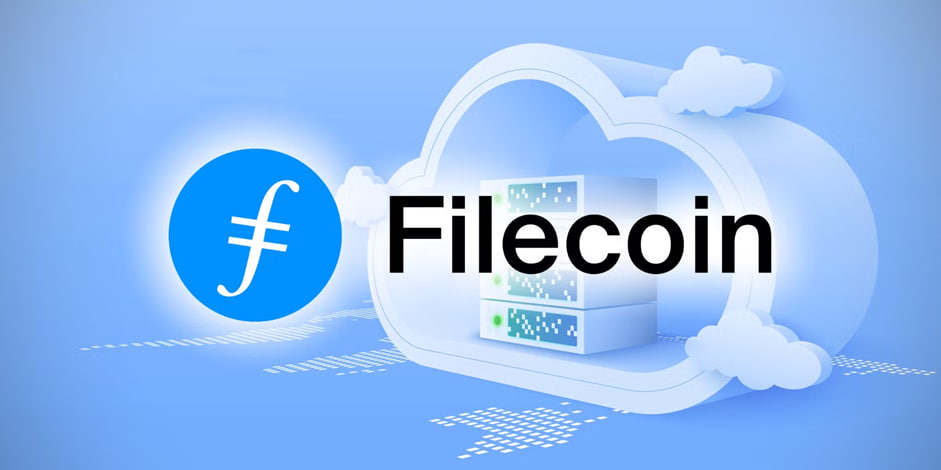
-
Grass is a project where users share access to their internet connection. By installing a special browser extension, a person allows the project to use some of their traffic to collect public information online. For example, this can include price monitoring, website verification, or data analysis for artificial intelligence.
In return, the user receives GRASS tokens. The project is popular among those who want to earn passively without buying or installing complex equipment.

How DePIN creates new financial opportunities
Using tokens to reward participants
Each DePIN project has its token, which is used to pay those who support the network. For instance, if someone installs a device that helps the network operate, they receive tokens. The reward depends on the value they bring to the system.
The role of staking and liquidity in DePIN networks
Many DePIN projects offer staking, where participants lock up their tokens for a specific time to support the network. This shows commitment to the project’s development, not just speculation. In return, the user earns rewards in the form of new tokens.
Staking is also essential for network stability. Staked tokens guarantee honest behaviour in projects where data accuracy or node performance needs verification. If someone violates the rules, part of their tokens can be confiscated.
Liquidity is the ability to easily and quickly exchange a token for other assets. The higher the liquidity, the easier it is to buy or sell a token without significant price changes. This is important for both traders and regular users.
Liquidity helps attract more participants to the Depin networks. People are more willing to join if they know they can freely manage their assets. Moreover, liquidity supports ecosystem stability, showing the token has real market value.
Growth potential of DePIN-related asset value
The value of DePIN project tokens depends directly on their usefulness in the real world. These networks don’t just move numbers on a screen — they perform specific tasks: providing internet connectivity, collecting and transmitting data, offering computing power, and storing information.
DePIN projects are alternative infrastructure solutions, often cheaper and faster than traditional models. For example, one can deploy a decentralized network using home devices instead of building cell towers. This is especially relevant in developing regions or where centralized services are limited.
If these projects continue to grow and become part of daily life, demand for their services and technologies will increase. Accordingly, the value of tokens that power these networks will rise.
DePIN solutions create new markets, such as decentralized wireless networks, distributed Internet, or peer-to-peer computing power sharing.
The rise in DePIN token value reflects how deeply the projects integrate into the real world. The more they are used daily, the higher their value and sustainability.
How traders can profit from DePIN
Investing in DePIN tokens and projects
DePIN projects issue their tokens. These tokens often enter the market early in the project’s development, and prices are usually low at that stage. If the project gains popularity, the token may increase in value multiple times. Traders can buy tokens early and sell them later at a profit, one of the simplest ways to earn from DePIN.
Trading DePIN tokens on exchanges
Many DePIN tokens are traded on popular exchanges. Traders can monitor price fluctuations, buy during dips, and sell during rallies. These tokens often react to project news and updates. Traders who make quick decisions can profit from short-term trading.
Participating in the ecosystem: mining, nodes, infrastructure support
Some traders go beyond just trading — they participate in the project. For example, installing equipment to mine tokens or running a node supporting network operations. These activities offer rewards. Although they require more time and knowledge, they can provide steady income, especially when the project is in its early stages.
Risks and limitations
Token volatility and market risks
DePIN tokens can experience rapid price increases, but also steep drops. This is due to the project’s novelty and the crypto market’s general volatility. Sometimes, news or technical issues significantly impact the price. Traders must be prepared for sudden movements and know how to manage risks.
Regulatory issues and potential bans
Some countries impose restrictions on cryptocurrency usage. This can affect DePIN projects. If authorities decide a project violates regulations, its token may be delisted from exchanges. Fines or blocks are also possible. Before investing, understanding your region’s legal framework is essential.
Technical difficulties and entry barriers
Many DePIN projects require equipment installation, software setup, and a constant internet connection. Not everyone can handle this quickly. Moreover, initial equipment costs may be high. Beginners should start with simpler projects to avoid losing money and getting overwhelmed.
Prospects and the future of DePIN
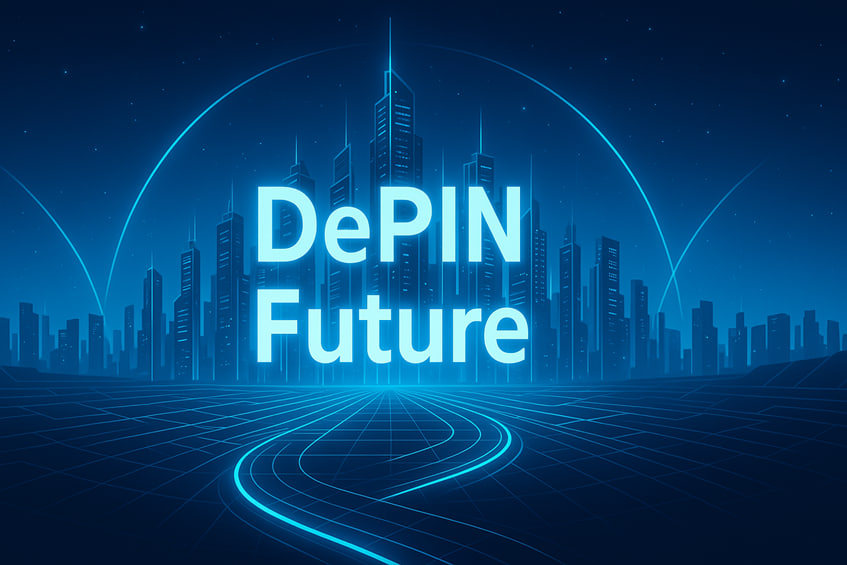
How the DePIN industry will develop in the coming years
Each year, more projects adopt the DePIN model. People are beginning to trust the system because it is transparent and easy to understand. Shortly, we can expect an increase in users, new types of infrastructure, and expanded project functionalities.
Integration opportunities with other technologies (IoT, AI, Big Data)
DePIN technology works well in combination with other modern solutions:
- The Internet of Things (IoT) is key in these projects. Devices like sensors, cameras, and trackers collect real-time data. For example, IoT devices transmit data through a decentralized network in the Helium network, and equipment owners are rewarded for providing connectivity. This reduces reliance on telecom operators and enables faster infrastructure deployment in new areas.
- Artificial Intelligence (AI) helps analyze the data collected by the network. For instance, if a sensor network monitors air quality, AI can identify areas where conditions worsen and suggest improvements. This turns the system into a powerful analytical tool.
- Big Data involves processing massive volumes of information. DePIN participants can generate large data streams, such as location, speed, temperature, noise levels, etc. Big Data helps structure this information, identify patterns, and extract valuable insights.
Long-term trends and forecasts
DePIN is not just a temporary trend — it’s a model that could change the approach to building and maintaining infrastructure. Instead of relying on large companies and centralized structures, users become part of the system: they provide resources, support the network, and get rewarded.
There are already examples of DePIN solving real problems. Helium is building a wireless network without big telecoms. Grass collects distributed data to support AI development. Filecoin stores data in a decentralized system where anyone can lease disk space. These are not theories — they are working ecosystems with active communities.
As blockchain technology and interest in Web3 continue to grow, DePIN may become a key part of the new digital economy, especially in developing countries where centralized infrastructure is limited or unavailable.
Experts believe DePIN’s role will expand in the future. More projects will follow this model — from smart cities and logistics to energy and internet services. Users can earn money simply by participating in the network and providing devices, internet, energy, or data.
Conclusion
DePIN is not just a new direction in the crypto world. It is a real way for ordinary people to take part in building essential infrastructure and earn from it. Projects offer earning opportunities to traders and those willing to install equipment and support the network. Yes, there are risks in this field, but the opportunities are substantial. DePIN has already begun reshaping how we approach infrastructure — and it may soon become a major player in the crypto economy.